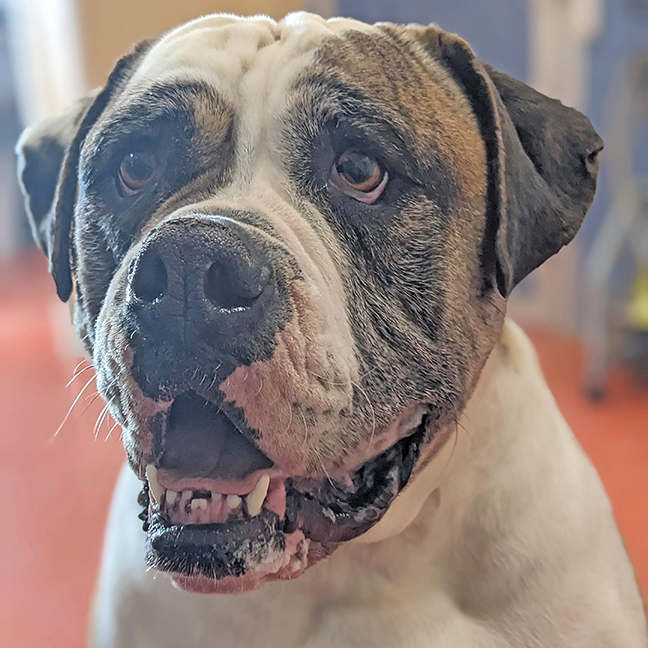
09 Apr Second Chance: We Like Big Dogs! + Key Volunteers Needed!
For 30+ years, the Animal Resource Center and Shops of Second Chance Humane Society (SCHS) have been serving Ouray, San Miguel, and Montrose Counties. Adoption hours are from Wednesday to Sunday, 11 a.m. to 5:30 p.m. View shelter pets and services online at www.secondchancehumane.org.
“Connecting Pets, People, and Community While Saving Lives.”
View shelter pets and services online: www.adoptmountainpets.org.
VOLUNTEER NEEDED: Looking for someone to help Second Chance evaluate and design the drainage of the dog den. Is there a groundwater hydrology expert who could spend a few hours to advise us on the best approach?
VOLUNTEERS NEEDED: Lawn maintenance, mowing, and general upkeep at our shelter in Ridgway this spring, summer, and fall.
If you can help with either of the above needs, please reach out to Operations Manager, Tara, at shelter@secondchancehumane.org
Donate here or mail to: PO Box 2096, Ridgway, CO, 81432.
Go here for more options from Second Chance.

Second Chance gets questions like this: “Do you have any dogs under 15 pounds for adoption?” The answer is: Rarely.
And, usually, small dogs that come to us are seniors. Small breed dogs who end up in a shelter are quickly adopted, leaving behind dogs who have waited months for someone to be interested in them.
A perceived preference for petite pooches doesn’t bode well for most of our adoptable dogs. There is an aversion to, even a fear of big dogs. Some think big dogs are intimidating, but large dogs are generally not more aggressive than their smaller counterparts.
Parents may feel that big dogs are not safe for small children. No matter the size, considering the dog’s personality will carry more, umm. weight than size alone. Some larger dogs can clear a table with the swipe of a tail or knock over small children during rambunctious play. The concern goes both ways, however. Some children play too rough for small, fragile dogs. Any size dog can be a fantastic playmate and lifelong best friend for children – as long as both species’ play is supervised.
Some people think big dogs need big spaces and “room to run.” However, each dog is different. Some large and giant breeds are couch potatoes, whereas their smaller counterparts are balls of energy. Almost any dog, regardless of size, can be happy anywhere if their person is willing to satisfy its need for exercise. For most dogs, that means a minimum of a half an hour of aerobic exercise every day.
Another concern is about the health of large dogs. Big dogs tend to have more orthopedic conditions like dysplasia. Smaller dogs carry less weight and therefore experience less stress on their joints. With supplements, intelligent exercise, and a good diet, large dogs can be active and healthy for many years.
One true thing – big dogs are more expensive. Food, medication, veterinary procedure costs, boarding expenses, and grooming costs are higher for big dogs. That is because big dogs need more space in the kennel, more food, and larger doses of medicine in their bodies.
A final “Big Dog Myth” is that they can’t be lap dogs. Some of our bigger dogs have no idea they can’t fit in a lap. They’ll snuggle up close and ask for attention, even if your lap is smaller than they are.

Biggs
Biggs is definitely, well, BIG! He is a three-year-old American Bulldog who weighs 127 pounds! He is polite on a leash and a big cuddle bug. He lived successfully with small dogs, but could not get along with his brother, so he was surrendered to us. (Be sure you bring any potential canine roommates when you come to see Biggs.) Despite his stature, he is a quiet buddy to have around the house and is fully potty-trained!


Sorry, the comment form is closed at this time.